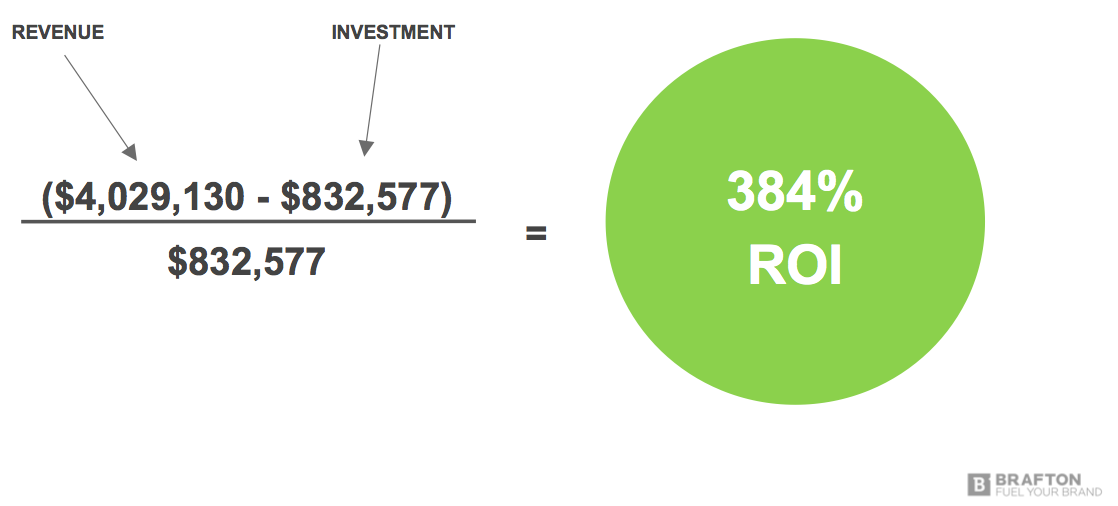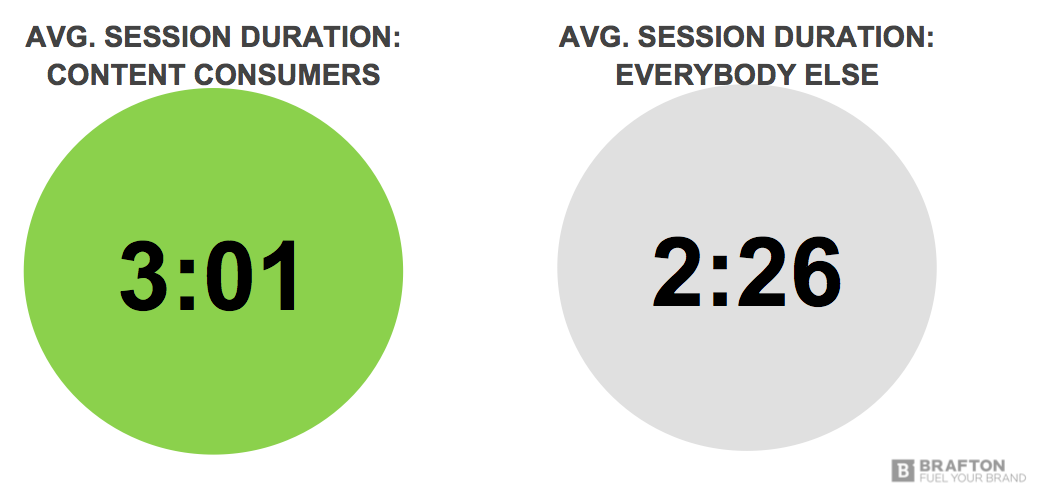You’re a digital marketer, right? It’s fine if you aren’t, nobody is perfect.
For those of you in the former audience, do you ever wonder how the hell to attribute a dollar value to what you are spending on content marketing? I mean…
Isn’t content marketing subjective?
Aren’t we just doing it because you have to “do content marketing”?
Well actually, yes, and no. Fair points each. But here’s the thing: eventually you (or your boss) are going to ask for hard numbers. Money in and money out, what does the situation look like? Did you make a good decision about your investment? Are you going to get fired or promoted?
The answers to these questions lie solely in the bottom line (which has NOTHING to do with social shares, mind you).
Are you going to have an answer to these question?
I’ve worked with over 400 clients, to be conservative. The answer is a surprising “No” in most of those cases. That’s 400 Google Analytics accounts for 400 brands, and the majority of them have no idea how to track the value of their assets. (Your site is an asset – don’t call it anything less.) And the majority who think they know how to track their ROI are actually looking at vanity metrics.
NO BUENO.
But you came here to see ROI, right? Okay, let me give you an intimate peek behind the curtain for one of our larger clients:


- On $833,000 spent with Brafton, we generated $4.03 million in revenue. That’s 384 percent ROI. Seriously.
- Content marketing acquired new users at a cost of $0.41 versus $1.05 for paid search.
- For one of our client’s seven brands, content cost $21 per sale versus $218 for paid search.
Let’s all take a minute to reflect on these stats, because you’re probably screaming “BS” from the bottom of your lungs to the depths of your rationality. But I promise this is the real deal.
The real deal
How did we track this? Good question. That question takes an entire blog post to cover. Fortunately, Practical eCommerce does a good job of explaining Advanced Segments; in our instance, we created a segment that filters for visitors that engage with our blog.
For those of you that opt to skip that post, know that we take a certain level of pride in our reporting, and specifically reporting in terms of dollars rather than intangibles like organic (anything) and social media traffic from ( any network). We track dollars.
Here are the dollars we measured, in and out:

These figures encompassed seven brands for which we provide services, with varying spend across divisions. One particular division saw some insane results:

So what is this saying?
Admittedly, content marketing is hit-and-miss. There were a lot of hits in this success story, but this was a grand slam. Considering the client only spent $66,500 on services for this division, their ROI was a staggering 4,275 percent, making their cost per transaction $3, versus $47 for PPC.
What about the vanity metrics?
Vanity metrics really only have a place in the world of personal and professional blogs, where engagement is key. But KNOWING that they are strictly for vanity and not tangible ROI is key. And they still matter to a lot of people. So now that we have eaten our veggies, let’s allow ourselves some dessert.

This is telling us that people who consume content marketing are more likely to stay on the site. And visitors who stay on the site are more likely to convert. I know that’s easy to say without data, but I can back it up with hard numbers:

Pretty staggering, right? What this says is that 6.94 percent of all visitors who spend three minutes or more on the site will make a conversion, which has resulted in a total of $856,000 over the past three weeks. What it also says is that visitors who spend less than two minutes on the site will buy something less than 0.01 percent of the time, amounting in a less-than-stellar $40 over the past three weeks.
So I guess “vanity metrics” have a place in our world after all. It’s just a supporting character, not a leading lady.
So does time on site amount to revenue?
Sometimes. Unless you have goals set up, you have no idea if someone is spending seven minutes on your site in pure agony suffering through your terrible UX, or seven minutes of shopping heaven. In this particular case, goal tracking proved our clients’ customers were in shopping heaven.
Conclusion
Sure, we sung our praises pretty hard in this article. (It is a “success story” after all.) But none of this was without numbers, which we crave and put on the highest pedestal. The moral of the story is not that Brafton is the undisputed heavyweight champion.
The real story here is that content marketing does generate revenue. Real dollars and cents. It’s just a matter of having a strong strategy, and setting the right goals.





